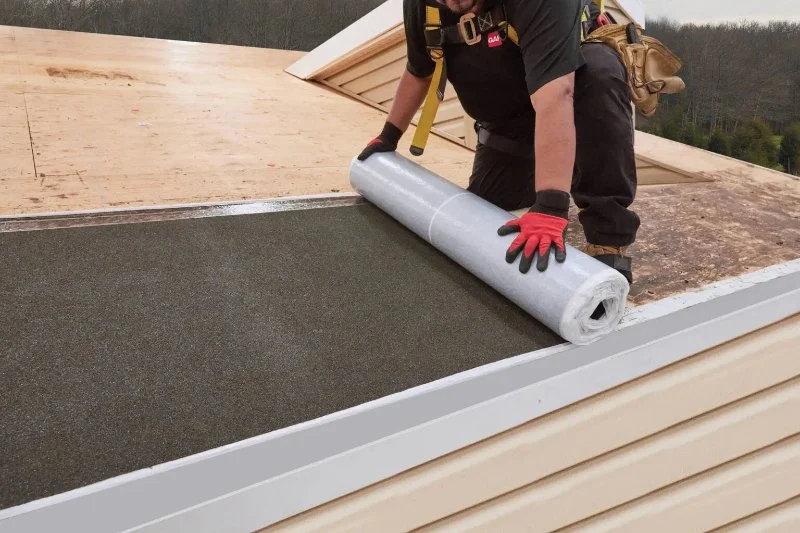
- what-is-roof-underlayment
- types-of-roof-underlayment-materials
- why-underlayment-matters-in-canadian-climates
- installation-best-practices
- real-world-case-pickering-home-upgrade
- how-pickering-roofing-can-help
1. What Is Roof Underlayment?
Roof underlayment is the protective layer installed between your roofing material (like shingles or metal panels) and the roof deck. While often hidden from view, it plays a vital role in moisture protection, wind resistance, and overall roof longevity. Think of it as the unsung hero that helps prevent leaks, mould, and damage from ice dams or heavy rain—especially important in Canada’s volatile weather.
2. Types of Roof Underlayment Materials
2.1 Asphalt-Saturated Felt (Traditional Felt)
This is the most traditional type of underlayment. Often referred to as “tar paper,” it's made from organic materials saturated with asphalt. While affordable, it is less durable in extreme temperature changes common in provinces like Ontario and Alberta.

Flynn Canada Ltd. - Toronto / flynn mississauga
MississaugaRegional Municipality of PeelOntario
6435 Northwest Dr, Mississauga, ON L4V 1X1, Canada
2.2 Synthetic Underlayment
Synthetic options, typically made from polypropylene or polyethylene, are stronger, lighter, and more water-resistant. They're ideal for homes in regions like British Columbia or Quebec where rain and snow are abundant. These are gaining popularity for their superior tear resistance and walkability during installation.
2.3 Rubberized Asphalt
This high-end option offers excellent waterproofing and is often self-adhering. It’s commonly used in roof valleys, edges, or entire decks in areas prone to ice dams—like Northern Ontario. It’s more expensive but offers unmatched protection.
3. Why Underlayment Matters in Canadian Climates
3.1 Ice and Water Shielding
In Canadian winters, freeze-thaw cycles can create ice dams on rooftops. Without proper underlayment, melted snow can seep under shingles and cause costly water damage. This is why modern building codes in Canada now often require ice and water barriers at the eaves and valleys.
3.2 Wind-Driven Rain Protection
Stormy seasons on both coasts bring high winds and rain. A quality underlayment acts as a final defense against wind-driven water that might bypass shingles, especially during hurricanes or severe thunderstorms.
3.3 Thermal Efficiency
Underlayment also contributes to your roof’s thermal performance. In provinces like Saskatchewan or Manitoba, where temperature swings are significant, a high-performance underlayment helps stabilize attic temperatures and protect insulation integrity.
4. Installation Best Practices
4.1 Deck Preparation
Proper underlayment installation begins with a clean, dry, and smooth roof deck. Any debris or moisture left behind can compromise the material’s adhesion and performance.
4.2 Overlap and Sealing
Materials must overlap according to manufacturer specifications, usually 3-6 inches, and should be sealed properly to prevent wind uplift. In colder climates, self-adhered rubberized asphalt is preferred for its ability to form a watertight seal even in low temperatures.
4.3 Ventilation Consideration
Don’t forget attic ventilation. Without adequate airflow, moisture can build up under the roof deck, leading to rot or mould regardless of how premium your underlayment is.
5. Real-World Case: Pickering Home Upgrade
In 2023, a homeowner in Pickering, Ontario, experienced repeated attic leaks during winter despite a recent re-roofing. Upon inspection, it turned out the contractor had skipped installing ice and water shield near the eaves. After consulting with local experts, they upgraded to a synthetic underlayment with full rubberized asphalt coverage at the eaves. The following winter? Zero leaks and noticeably lower heating bills.
6. How Pickering Roofing Can Help
At Pickering Roofing, we understand how underlayment choices affect long-term roof performance—especially in Canada's demanding climates. Whether you're building new or replacing an old roof, our experts help you choose the right underlayment material, offer professional installation, and ensure compliance with Ontario Building Code standards. Reach out today to protect your home from the elements and avoid costly mistakes later.


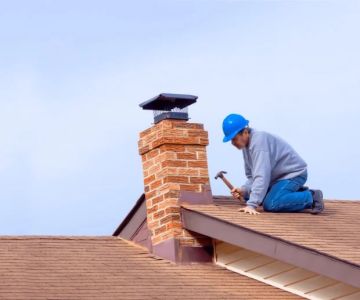
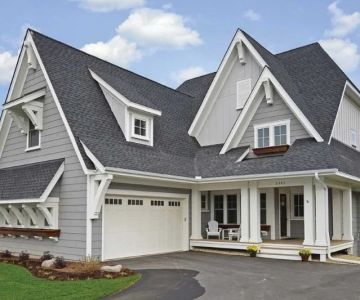
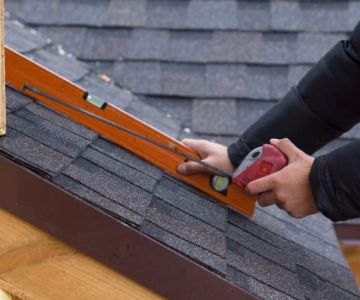
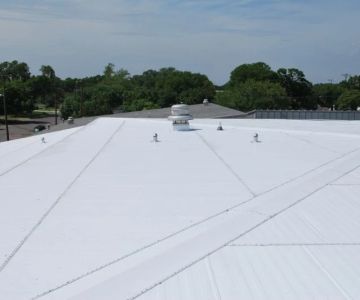
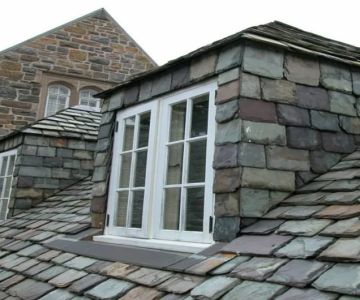

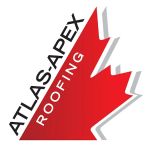 Atlas-Apex Roofing Inc.5.0 (1 reviews)
Atlas-Apex Roofing Inc.5.0 (1 reviews)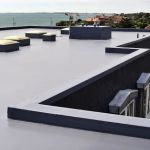 Ever Roof Inc0.0 (0 reviews)
Ever Roof Inc0.0 (0 reviews) A M Roofing Systems Inc3.0 (15 reviews)
A M Roofing Systems Inc3.0 (15 reviews) Toitures AFC Roofing4.0 (24 reviews)
Toitures AFC Roofing4.0 (24 reviews)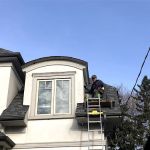 Princess Roofing4.0 (4 reviews)
Princess Roofing4.0 (4 reviews)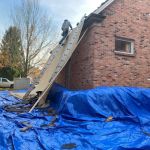 North London Roofing4.0 (97 reviews)
North London Roofing4.0 (97 reviews)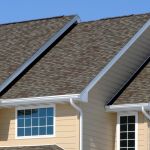 How Much Does a New Roof Cost in 2025? Canadian Roofing Price Guide
How Much Does a New Roof Cost in 2025? Canadian Roofing Price Guide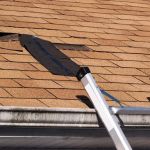 Top Signs Your Roof Has a Leak and What to Do About It in Canada
Top Signs Your Roof Has a Leak and What to Do About It in Canada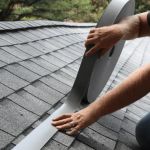 Can You Install a New Roof Over an Old One in Canada?
Can You Install a New Roof Over an Old One in Canada? The Top Questions to Ask Before Hiring a Roofer in Canada
The Top Questions to Ask Before Hiring a Roofer in Canada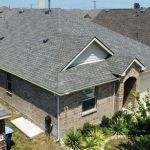 What Are the Most Common Roofing Scams and How to Avoid Them in Canada
What Are the Most Common Roofing Scams and How to Avoid Them in Canada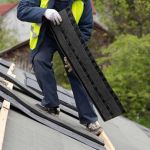 How to Prepare Your Home for a Roofing Project in Canada
How to Prepare Your Home for a Roofing Project in Canada